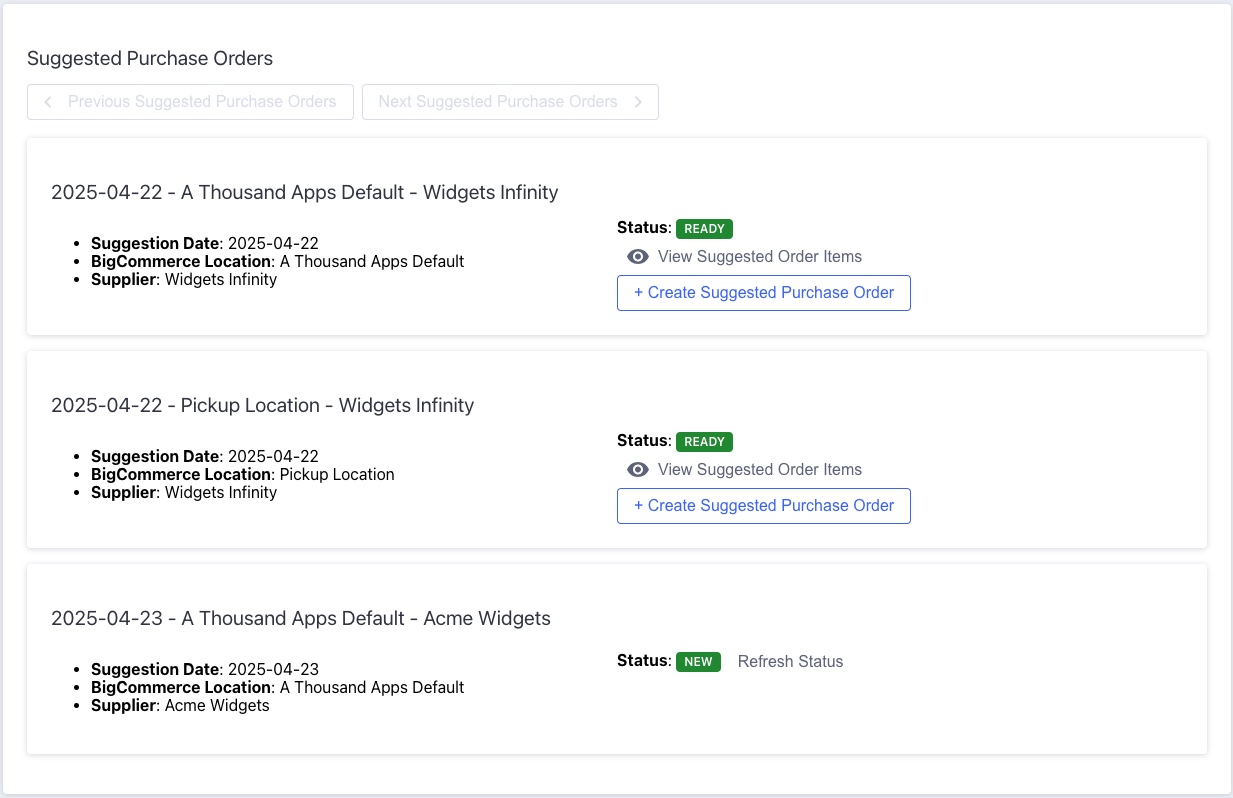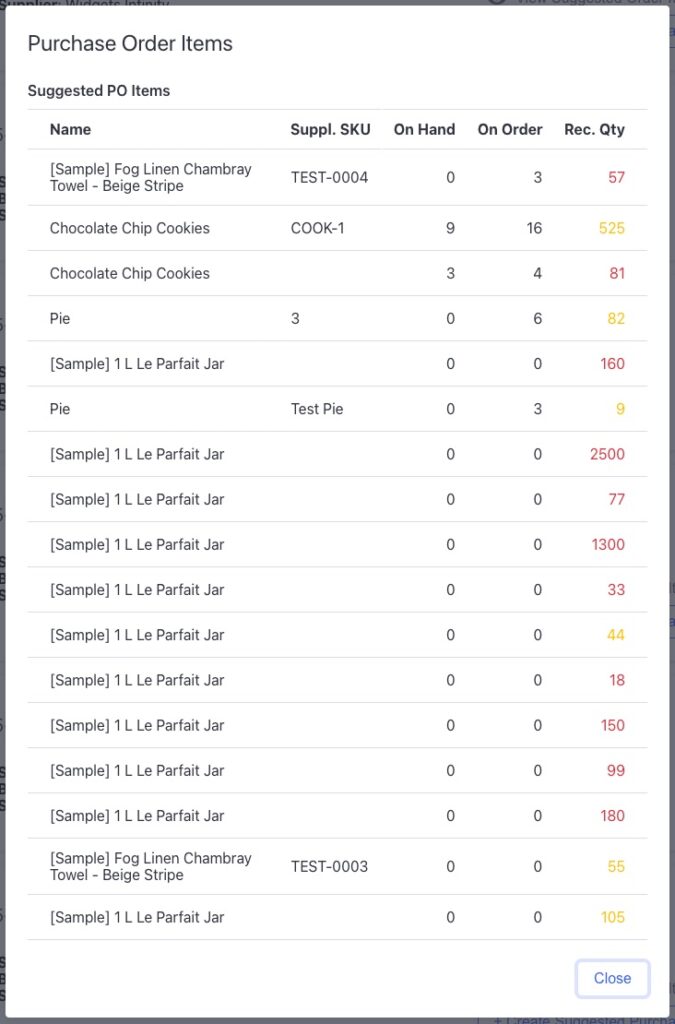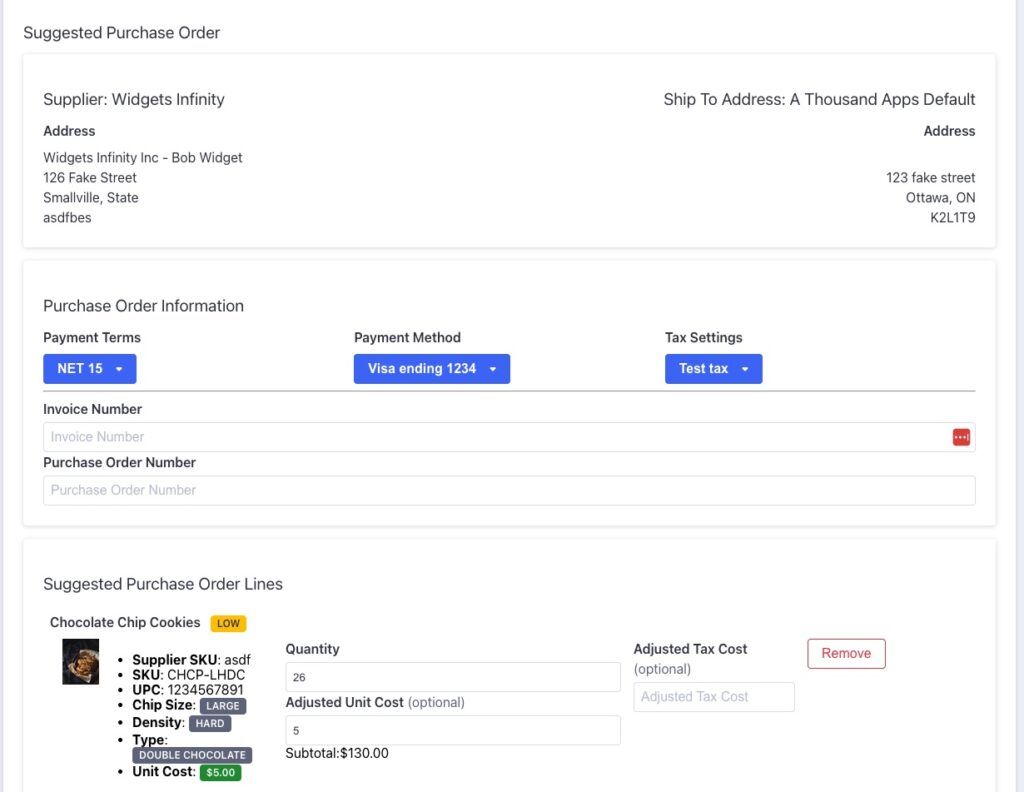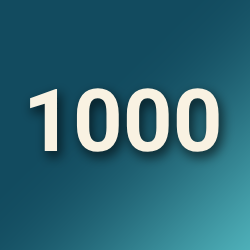Before you set up suggested purchase orders, you’ll need to have suppliers, assigned products to suppliers, and thresholds set for your BigCommerce locations.
Why Use Suggested Purchase Orders?
Suggested Purchase Orders help you proactively replenish stock by identifying items that fall below your inventory thresholds. With the Supplier Purchase Orders app for BigCommerce, you can generate a suggestion for each supplier and location which compares your actual on-hand inventory + incoming purchase orders against your defined threshold values. If items are under-stocked, you get a ready-to-review list you can convert into a live purchase order.
How to Generate a Suggested Purchase Order — Step by Step
- Ensure Prerequisites are Set
Before generating suggestions, make sure:- Your suppliers have been created (at least the supplier for this suggestion).
- Products have been assigned to the intended supplier.
- Inventory thresholds (Target / Low / Critical) are properly defined for the relevant BigCommerce location, for the intended supplier

- Select Location & Supplier
- In the “Suggest New Purchase Order” panel, pick a BigCommerce location (only those tracking inventory will appear) and a supplier from the Suppliers dropdown.
- Click Suggest Purchase Order. Behind the scenes, the system evaluates:
- On-hand inventory at that location
- Incoming stock (open purchase orders)
- Your “Low” and “Critical” thresholds
- For items where (on-hand + incoming) < Low threshold → they’re included in the suggestion.
- Note: Because this is resource-intensive, you can only generate one suggestion per location-supplier pair per day.

- Review the Suggested Orders List
- Suggestions appear in a list with status indicators: New, Processing Products, Processing Variants.
- Use the Refresh Status button to update the status while it’s processing.
- Once processing completes, status will show either Ready (with items) or Empty (no items met thresholds).
- Suggested purchase orders will only exist for 2 days before being marked for deletion.

- Preview Suggested Order Items
- Click View Suggested Order Items to open a preview popup. This shows: product name, supplier SKU, on-hand inventory, incoming quantity and the recommended order quantity.
- Items where the recommended quantity is coloured:
- Yellow = below “Low” threshold
- Red = below “Critical” threshold — higher urgency.

- Convert Suggestion to a Live Purchase Order
- When you’re ready, click Create Suggested Purchase Order.
- A new PO form pre-populates: supplier, ship-to location, and the suggested items. Other defaults (payment terms, tax settings) also apply if configured.
- Otherwise, the form should behave exactly like creating a purchase order.
- After creating the PO, the suggestion is marked complete and can no longer be used again.
Why This Feature Is Valuable
- Proactive Restocking: Enables you to act before stock-outs by basing suggestions on actual threshold logic.
- Time Efficiency: One click from suggestion generation → PO creation cuts manual checks and reduces errors.
- Focus on High-Urgency Items: Colour-coded badging (yellow/red) helps you prioritise items that need faster reordering.
Best Practices & Tips
- Run frequent suggestions: Generating suggestions regularly keeps you ahead of demand.
- Ensure your thresholds reflect real-world lead times and demand: If your low/critical levels are too conservative or aggressive, the suggested items list will either under-warn or over-warn.
- Use the preview step to validate: Before converting a suggestion to a PO, review the items for accuracy in quantities and supplier details.
- Act promptly on red-flag items: Items showing red (below critical) are high priority—don’t delay POs for those.
- Maintain your supplier assignments: If new products are added or supplier details change, update assignments so the suggestion engine works correctly.

Supplier Purchase Orders for BigCommerce
Supplier Purchase Orders can help you manage your store’s purchase orders and warehouse receiving. Try now, and get a 7 day free trial!
